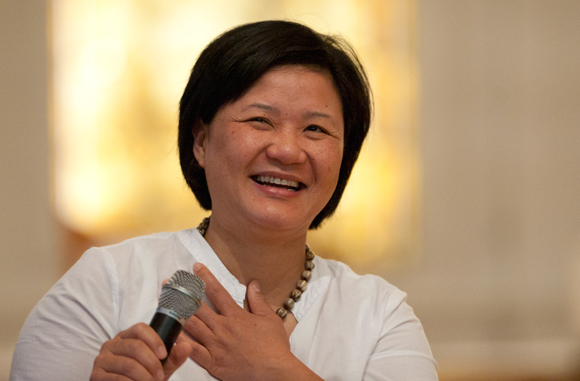Please pay attention Wyoming! Do you have a plan for your county courts?
Continuing on a theme we have been mentioning lately thanks to reader ‘pungentpeppers’ interest (and ours!) in the issue, “welcoming” counties can now add to their social service budgets (in addition to welfare of all sorts, medical care and subsidized housing), the cost of interpreters for the myriad languages refugees are bringing to your cities and towns.

We saw that in the Esar Met murder trial in Utah recently.
Below is a story from Calhoun County, Michigan, (Michigan is one of the top refugee resettlement states) about their plan for how to cope. There is a little wishful thinking about how to collect the cost of the interpreter service from the foreign-language speaker in need of it, but as that old saying goes, you can’t get blood from a turnip!
From the Battle Creek Enquirer:
Until Thursday, Calhoun County courts lacked a plan to help those who don’t speak fluent English understand what is happening in court proceedings.
Now the county’s courts comply with state rules after a Language Access Plan was approved by the state.
Last week state administrators approved the Calhoun County Courts Language Access Plan. The plan is to help limited English proficient people, defined as anyone whose primary language is not English or has a limited ability to read, write, speak or understand English.
Court interpreters not just for criminal cases anymore:
The LAP is supposed to help the court identify those who need interpreters for court proceedings. Those who may need help can choose from “I speak …” cards in 12 languages to help officials figure out which interpreter to call.
Language assistance resources for in and out of the courtroom will be provided as well as forms and documents and service referrals.
The court is responsible for training judges and court staff and coordinating with county clerks to help those who lack English proficiency to receive services.
“I think it’ll be a definite improvement in this application to civil cases,” said Jeff Albaugh, county court administrator. “Courts were required to provide language interpreters for parties, the defendants and witnesses in criminal matters, so really what this has done is it has expanded that into the civil litigation area.”
For now (and always!) the county will be stuck with the bill!
Albaugh said in the past the average cost for an interpreter has been $250 [an hour?—ed]. Albaugh said the courts are trying to get reimbursement for the interpreters but he also knows many service recipients can’t afford the costs. He said for now, the county will be stuck with the bill.
Photo is from this story about Calhoun County’s Burma Center.




